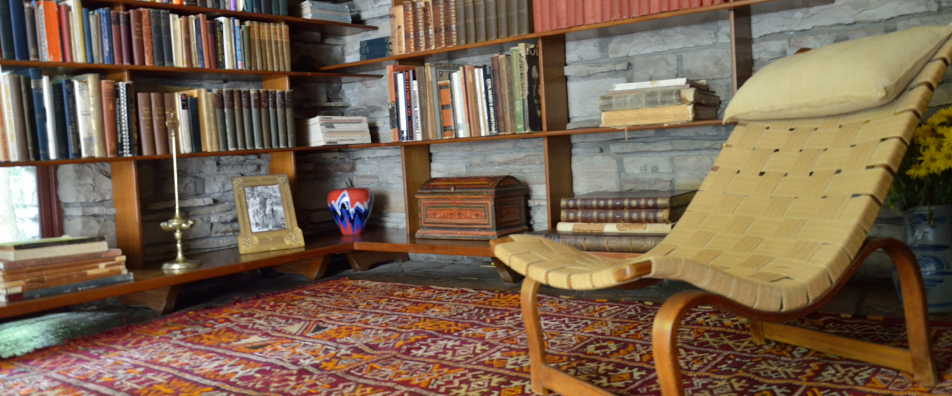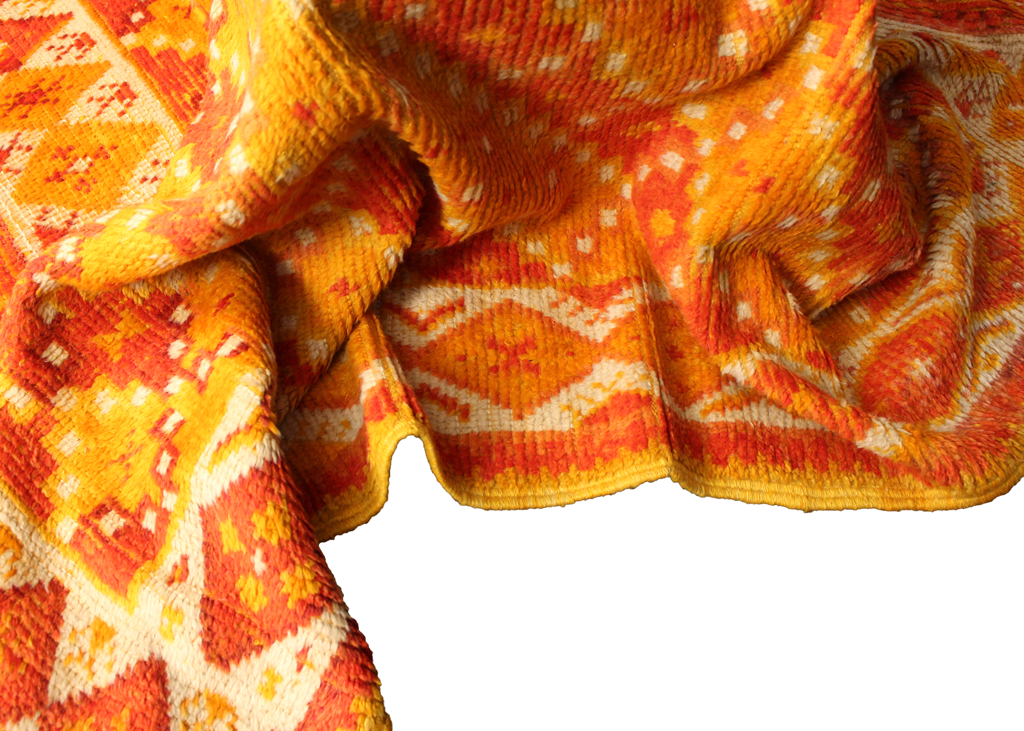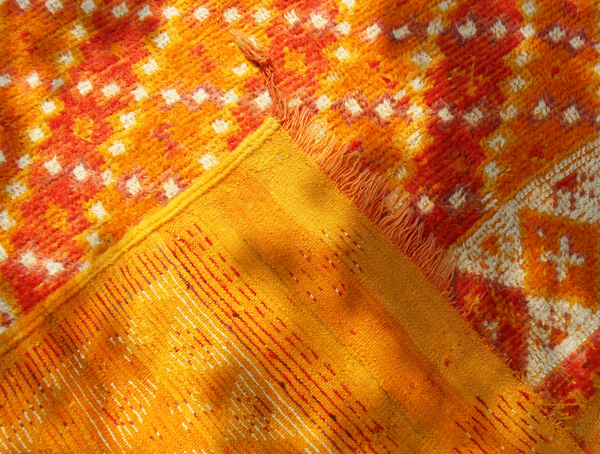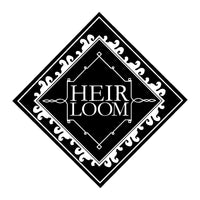


Moroccan Rugs & The West
In recent years, the west has been quite inspired by Moroccan rug design. This began in the 19th and early 20th century, when European artists including Delacroix and Matisse traveled to Morocco and put to canvas their fascination with Orientalism. It continued into the middle of the 20th century when designers and architects such as Le Corbusier, Charles and Ray Eames and Alvar Alto started incorporating the plush, soft rugs in their interiors as a counterbalance to the austerity of their sleekly designed furniture. Frank Lloyd Wright was even known to travel to Morocco to bring back carpets for his clients.


The soft handle found in High-Atlas rugs comes both from them using the most lustrous wool found in Moroccan rugs and the style of knotting the rugs; they skip a few weft lines before adding in a line of knots. Many of these weavings were traditionally intended as blankets, turned upside-down, keeping them warm in the cold mountain nights.

Ait Ouaouzguite Rugs
The Ait Ouaouzguite are a major tribal weaving confederation in the High Atlas Mountains in Morocco. Berbers or Amizagh (as they prefer to be known) believe that textiles have protective, mystical and magical properties. To them, textiles are incredibly connected to nature. An awareness of the spirit world is present throughout the process of rug production. Wool is considered lucky and even the weaver’s hammer combs are carved with apotropaic designs to ward off bad luck. The talismanic power of textiles is directly related to the designs and motifs represented therein. Motifs, patterns and designs are often used as identification of the family or tribe of the weaver, as a talisman to ward off evil and to bring good luck or an expression of the weaver’s own aesthetics and creativity. Weaving in the High-Atlas mountains is a social activity which involves the gathering of women who sing, chant and tell stories as they weave. It is a tradition that is passed down through the generations from mother to daughter, and commands great respect.

We sourced much of our information from a recent addition to our shop library: Moroccan Carpets by Brooke Pickering, et al. Further information came from Hali Magazine and conversations with some dealers/friends in Marrakesh.

